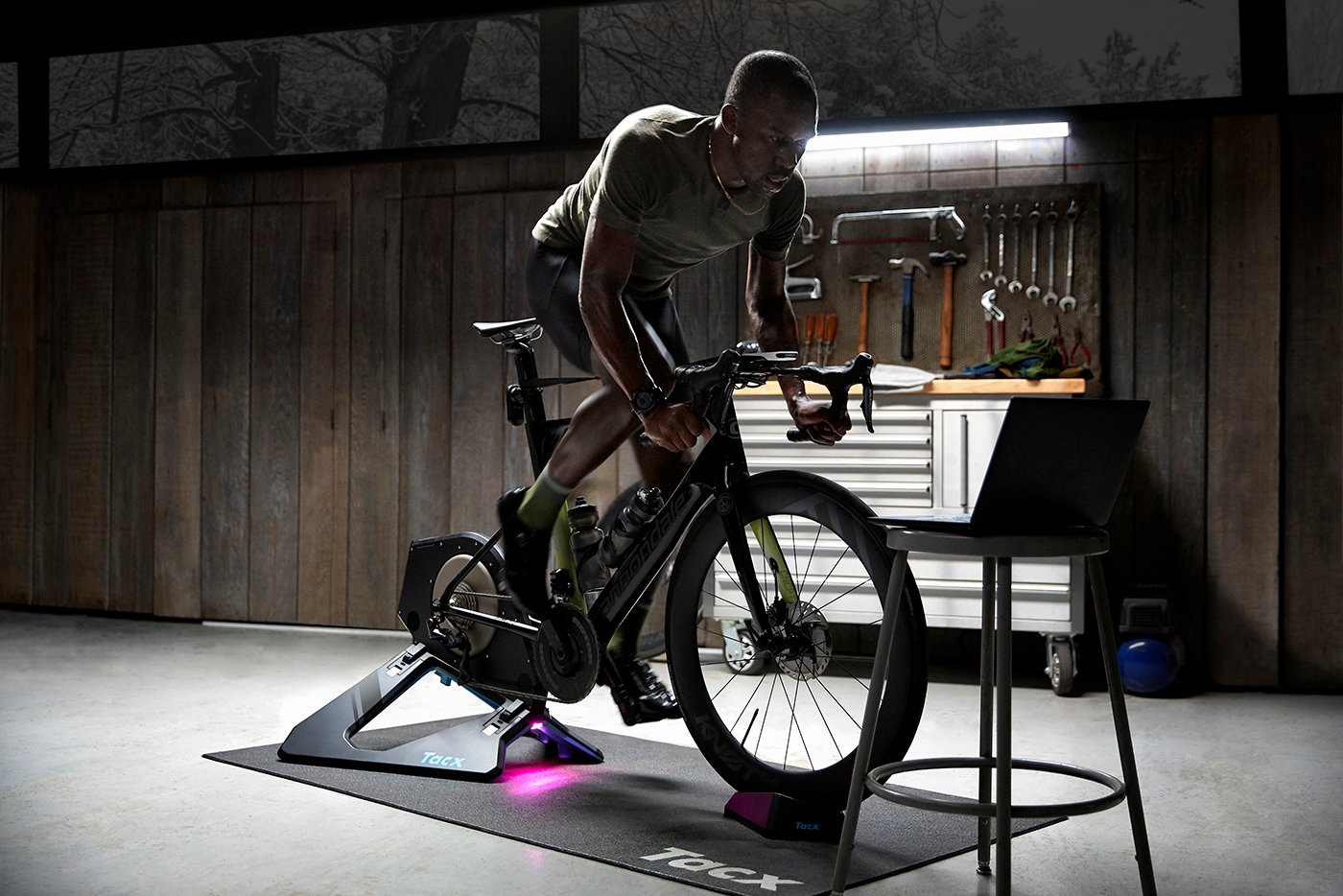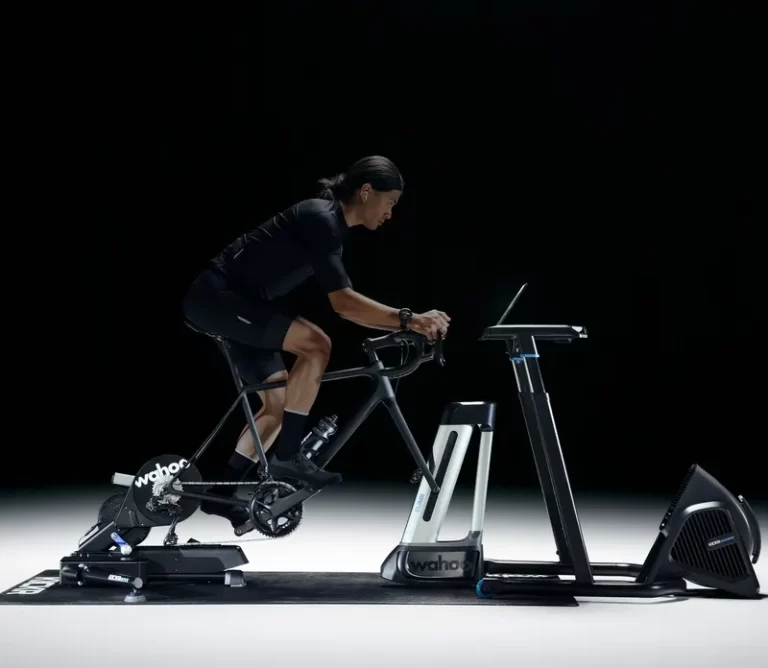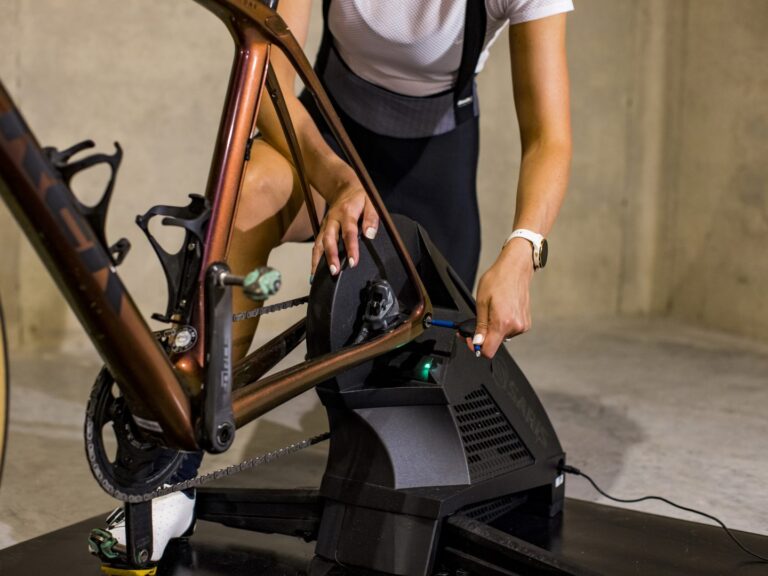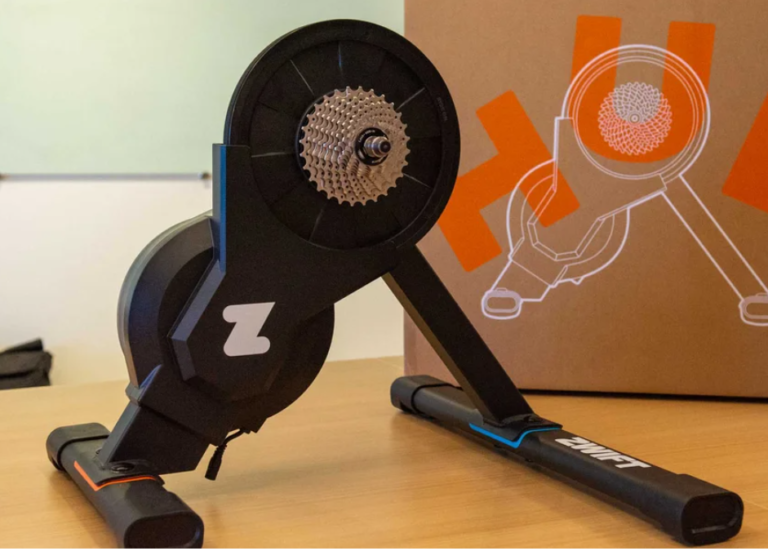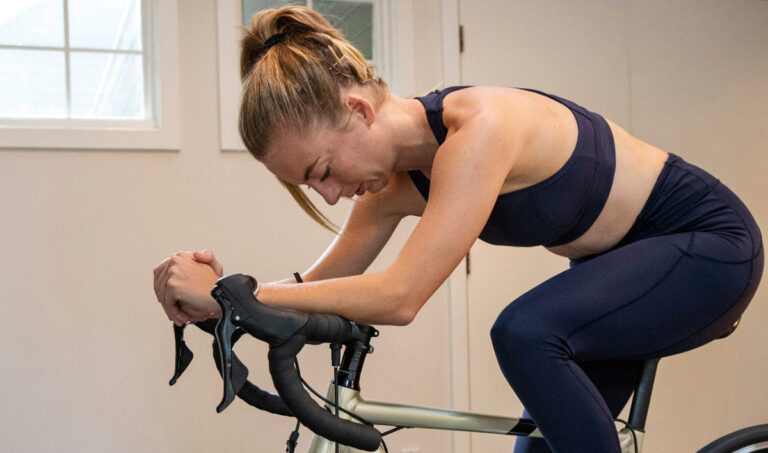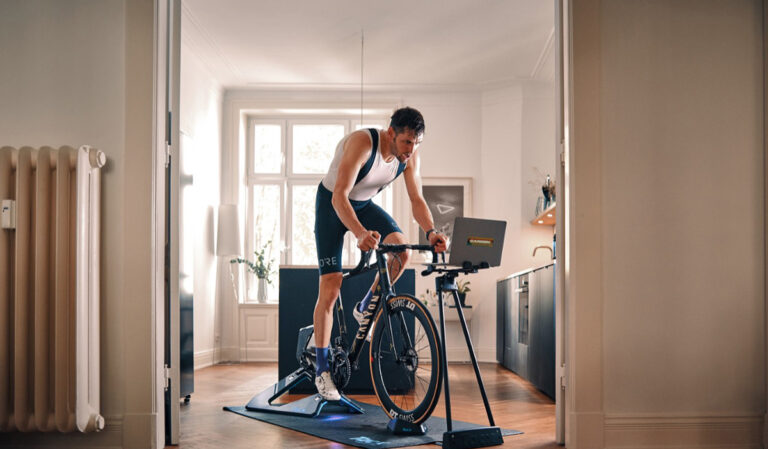Noise Reduction Tips for Indoor Bike Trainers
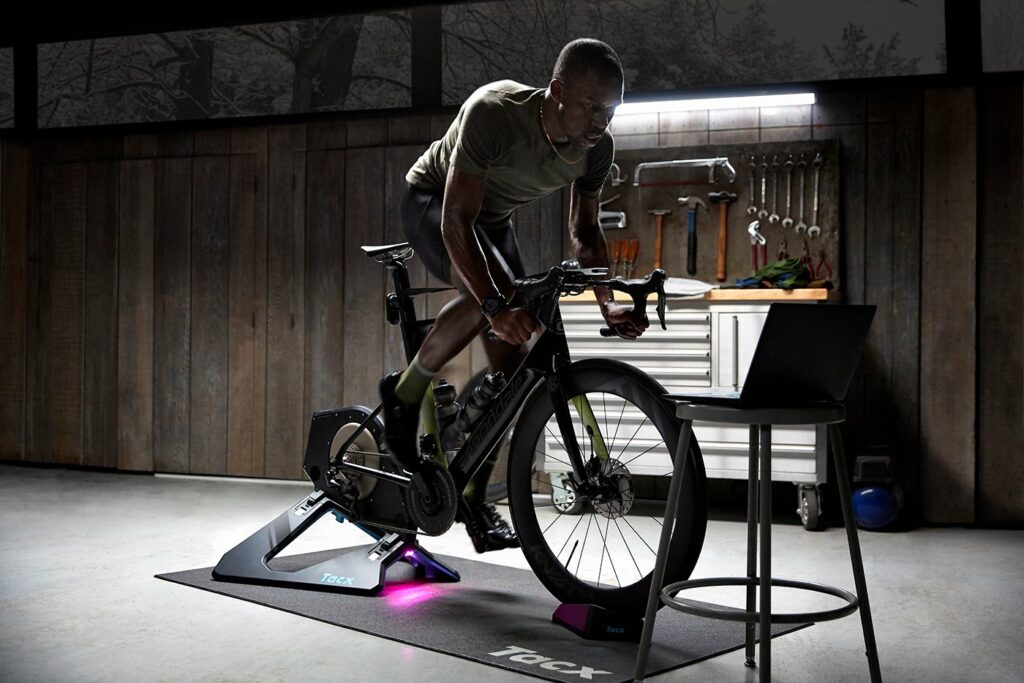
Key Point Summary of Noise Reduction Tips for Indoor Bike Trainers:
- Choose a Quiet Trainer: Direct-drive trainers are quieter than wheel-on models.
- Use a Trainer Mat: A mat absorbs vibration and reduces noise transmission.
- Tire and Pressure: For wheel-on trainers, use a smooth tire and optimal pressure.
- Maintenance: Keep your bike and trainer well-maintained to avoid extra noise.
- Location Matters: Place your trainer on a solid floor, away from walls and corners.
- Acoustic Panels: Use acoustic panels or soft furnishings to dampen sound.
- Ride at Considerate Times: Train during hours that are less likely to disturb others.
Living in an apartment doesn’t mean you have to sacrifice your indoor cycling training or worry about disrupting your neighbors. As a masters cyclist who has delved deep into the worlds of mountain biking, gravel grinding, and cyclocross racing, I’ve spent countless hours on indoor trainers. Finding peace with your indoor trainer while living in close quarters with others can be a balancing act. Here’s a comprehensive look at how I’ve managed to maintain harmony and keep the decibels down.
The Quest for Quiet: Selecting the Right Trainer
My journey into quieter indoor training began with the realization that not all trainers are created equal when it comes to noise. Early on, I used a wheel-on trainer and quickly learned that its whirring and humming were not the soundtracks my neighbors appreciated. The switch to a direct-drive trainer was a revelation. The absence of tire-to-roller contact significantly reduced noise, turning strained relationships with neighbors into peaceful coexistence. Direct-drive trainers might be an investment, but for apartment dwellers, they’re worth their weight in gold.
Foundation Matters: The Trainer Mat Epiphany
Once, in an effort to dampen the noise and avoid an impending discussion with my downstairs neighbor, I placed my trainer on a thick, dense mat. The difference was night and day. Not only did the mat absorb much of the vibration that was previously transmitted onto the floor, but it also muffled the operational sounds of the trainer itself. This simple addition was a game-changer, making it clear that the right foundation is critical for quiet training.

Wheel and Tire Wisdom
For those times I had to revert to a wheel-on trainer, I discovered the importance of tire choice and pressure. A smooth trainer-specific tire, inflated to the right pressure, reduced noise compared to the knobby mountain bike tires I was used to. This adjustment, while small, made a significant difference in reducing the high-pitched whine that can be so irritating to others.
Maintenance: The Silent Savior
It wasn’t long before I realized that a squeaky chain or a poorly maintained trainer could amplify noise. Regularly cleaning my bike and ensuring my chain was well-lubricated, along with periodic checks on the trainer’s condition, kept the noise down. It turns out that a well-oiled machine isn’t just a metaphor for efficiency; it’s also a literal requirement for peaceful indoor cycling.
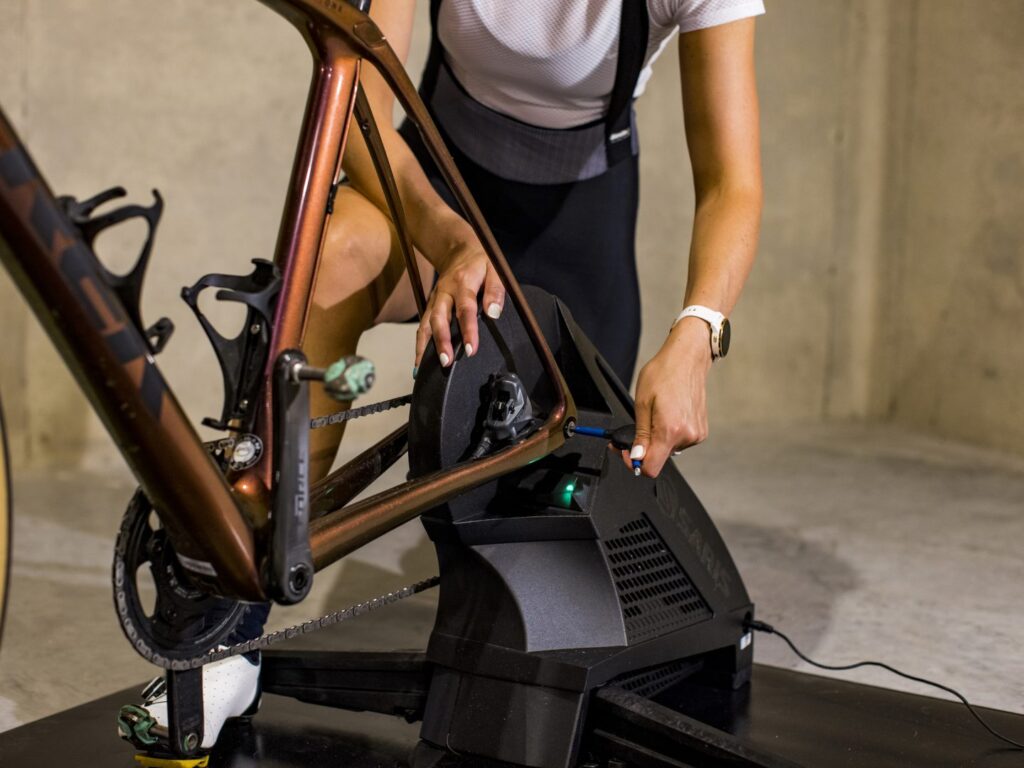
Strategic Placement: A Lesson in Acoustics
Initially, I had set up my training space in a corner, not realizing that this amplified the noise. Moving the trainer to a more central location, away from walls and especially corners, helped minimize how sound traveled in the building. It’s a simple physics lesson that pays off in quieter workouts and happier neighbors.

Soundproofing: The DIY Studio
Inspired by music studio setups, I experimented with acoustic panels and found that they could indeed help absorb sound. While turning an apartment into a recording studio wasn’t practical, strategic placement of panels, along with using soft furnishings like rugs and curtains, made a noticeable difference in sound levels.
The Art of Timing
Perhaps one of the simplest yet most effective strategies was adjusting my training schedule. By avoiding early morning or late evening sessions, I minimized the impact of noise on my neighbors. It’s a straightforward consideration, but it requires a bit of planning and flexibility.
Noise Reduction Tips for Indoor Bike Trainers: Wrapping Up
Embracing these strategies has allowed me to train hard without disrupting the peace. It’s been a journey of understanding not just the mechanics of noise reduction but also the value of considering those around me. In the end, it’s all about finding a balance — between our passion for cycling and our relationships with those we share our spaces with. Here’s to quiet wheels and happy neighbors.
Among the indoor bike trainers recommended for their quiet operation and overall performance, the Wahoo KICKR Smart Trainer and the Tacx Neo 2T Smart Trainer stand out as the top two options. Both are excellent choices for serious cyclists seeking a peaceful, apartment-friendly training experience without compromising on quality and realism. Here’s a closer look at each:
Wahoo KICKR Smart Trainer
The Wahoo KICKR is renowned for its robust build, accuracy, and virtually silent operation, making it a favorite among cyclists who live in apartments or shared spaces. It offers great compatibility with third-party apps for a varied and immersive training session. The direct-drive mechanism eliminates the noise associated with tire-on-trainer contact, significantly reducing overall sound.
Tacx Neo 2T Smart Trainer
The Tacx Neo 2T is another top-tier choice, known for its exceptionally quiet operation and unique features like Road Feel, which simulates different road surfaces for a more realistic riding experience. It’s also a direct-drive trainer, ensuring minimal noise and maximum compatibility with various cycling apps.
Trainer Mat Recommendation: Wahoo KICKR Trainer Floor Mat
To complement either of these trainers, the Wahoo KICKR Trainer Floor Mat is an excellent choice. This mat is specifically designed to go with the Wahoo KICKR trainer but works perfectly with any trainer setup, including the Tacx Neo 2T. The mat serves multiple purposes:
- Noise Reduction: It helps to dampen sound, making your training sessions even quieter.
- Vibration Absorption: The mat reduces vibration, providing a more stable and comfortable ride.
- Protection: It protects your floor from sweat and possible scratches from the trainer’s use.
The Wahoo KICKR Trainer Floor Mat is made from high-quality, water-resistant materials, ensuring durability and ease of cleaning. Its size is generous enough to accommodate your trainer and bike comfortably, while its texture keeps the trainer firmly in place during intense workouts.

FAQ
How can I make my indoor bike trainer quieter?
To make your indoor bike trainer quieter:
- Use a direct-drive trainer, as they are generally quieter than wheel-on trainers.
- Place a dense rubber mat under your trainer to absorb vibration and noise.
- Ensure your bike and trainer are well-maintained and all components are tightened.
- Use a trainer-specific tire if you have a wheel-on trainer, as they are designed to be quieter.
How do I stop my exercise bike from making noise?
To stop your exercise bike from making noise:
- Tighten all loose parts and bolts.
- Lubricate any moving parts according to the manufacturer’s instructions.
- Place the bike on a mat designed to reduce vibration and noise.
- Check for and replace any worn-out components, like pedals or the drive belt.
Are smart trainers noisy?
Smart trainers can vary in noise level, but many modern smart trainers are designed to be relatively quiet, especially direct-drive models, which tend to produce less noise than wheel-on trainers.
Is there a quiet bike trainer?
Yes, there are quiet bike trainers available, with direct-drive smart trainers generally being the quietest option. Models like the Wahoo KICKR and Tacx Neo 2T are known for their low noise output, making them excellent choices for noise-sensitive environments.
Ride on
John
